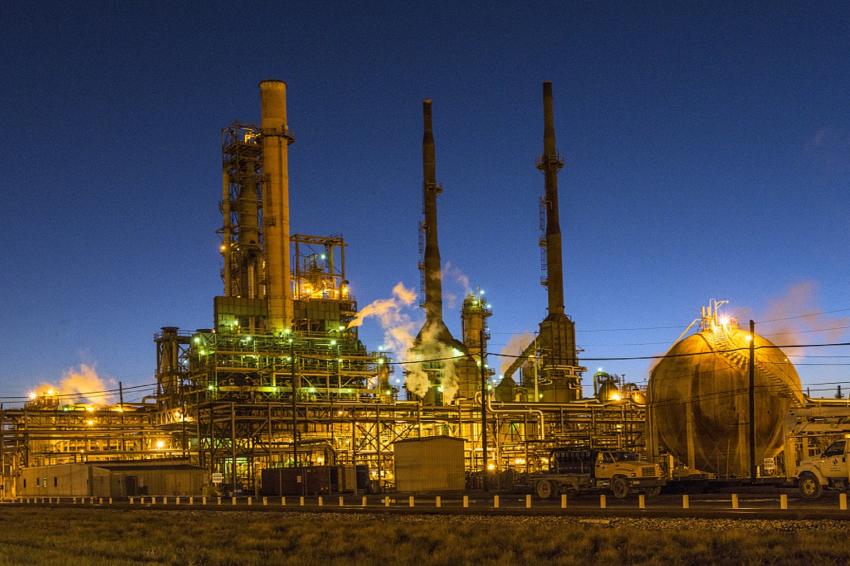Trends in Asset-Intensive Industries 2019
Digital transformation, AI and Analytics Drive Operational Excellence, Plant Reliability and Growth
At the beginning of this year, prospects are bright for operators across the oil and gas and chemical sectors. The push towards digital transformation and the ongoing advance of artificial intelligence and analytics-based technologies are opening up a new range of opportunities. Two experts from asset optimization software company AspenTech share their insight into what’s in store for 2019.
Asian Refining Industry Pushing Digital Transformation
Digital transformation continues to be the keynote of the coming year for operators across the oil and gas sectors. What is different today is how quickly the migration is accelerating. The trend is being led by the Asian refining industry. Organizations in India, Malaysia, Thailand, Indonesia and China are pushing digital transformation aggressively because they understand this can be a competitive and economic advantage for them against slower-moving, traditional rivals in other regions. Coupled with the ongoing expansion of the Industrial Internet of Things (IIOT) market, there is a rapid growth in machine learning, making insights about plant and equipment available faster to senior decision-makers; and in mobility, visualization and analytics, providing simple interfaces and insight to data and models.
“Perhaps the most urgent driver is around asset reliability and the way it can be improved through predictive and prescriptive maintenance techniques,” says Ron Beck, energy industry marketing director at AspenTech. “This is key because these technologies have huge potential across the sector, offering a better alternative to the traditional calendar-based approach to asset maintenance. It is still in its infancy today but over the course of 2019 we expect to see the level of interest and excitement around it gathering pace all the time.“
As refinery and asset tasks become more autonomous and AI-assisted, organizations and people will need to retrain themselves. Also, the new year will witness the continuing roll-out of a new trend which AspenTech terms “networks of industry co-opetition”. The opportunity to seamlessly connect elements of the value chain will give competitive advantage to companies who recognize that.
Continued Growth – New Focus on Bulk Chemicals
The chemicals sector continues to grow strongly across all regions. Bulk chemicals markets are growing well too, especially in Asia where demand is strong, and in North America, where access to cheap feedstocks continues to provide manufacturers with a significant cost advantage. In Europe, two trends will continue in 2019: first, operators in Europe importing cheap feedstock from operators in the US and second, the ongoing push from European operators to get more involved in the specialty chemicals sector. The advantage here is that this is a complex business, technically-demanding and in some senses that suits the capabilities in Europe.
“We have already seen a huge wave of new capacity and we expect a second wave to emerge in the 2021-2024 timeframe,” says Paige Marie Morse, chemicals industry lead at AspenTech. “Operational excellence remains a priority. Here, the latest predictive and prescriptive analytics, together with latest advanced process control (APC) technology, will have a key role to play. We also expect growing use of the ‘digital twin’ concept, where operators create a digital representation of a unit and then trial ideas in that environment to help them decide on changes they might make in the real production environment.”
Of course, despite the optimistic picture overall, the chemicals sector is still facing significant challenges. There are trade tensions between the US and China and, to a lesser degree, between the US and the EU. Chemical operators will need to carefully monitor these tensions because any uncertainty in trade flows is likely to act as a brake on decision-making. In addition, ongoing consolidation and merger and acquisition activity across the industry will increase the complexity, particularly around the consequent need for asset, software and platform integration.












